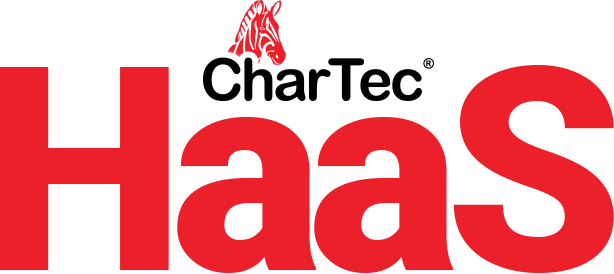In the MSP business, there are defined roles for Salespeople and for Technicians. These two paths usually don’t intersect during the day-to-day business functions, but they do join forces when there is a Discovery to perform. This is a time when Sales and the Technical sides of the company work at achieving the same goal: to get a new prospect to let you dig into their network and figure out what may be going wrong. This is the first big hurdle in gaining a new client. Your goal is to find pain points that the prospect doesn’t even know about. Remember, you want to look like the expert in your industry, so showing a business owner issues they weren’t aware of gives you the edge over your competitors
Pre-Sale vs. Post-Sale: First things first; we need to clearly define when you should perform a Discovery. Sometimes, MSPs will walk in and quote a general price, then add in odd variables or hardware to a larger, future project. This just sets the agreement off on the wrong foot, showing your customers that you are willing to nickel and dime them. It also puts you in a bind if you happen to estimate too low of a price and pitch the clients the wrong package. This will kill your gross margin. Instead, we recommend performing a FULL Discovery before quoting any price. This entails an Implications Discovery interviewing multiple people around the office, as well as a full Technical Discovery.
Selling the Discovery: How do you sell the discovery in the first place? If the prospect called you looking for help, then you already have a foot in the door. You just need to keep it there! Your job now is to get them to give you full access to their entire network. That’s not an easy task, especially when someone might just be looking for a quick fix. This is where a great salesperson can shine if they approach it the right way.
One technique is to give the prospect two choices, but heavily emphasize the one that makes a full discovery more enticing. For example: offer to send a technician out to run a full scan of their business, and then present them with a detailed asset report. But make sure this comes along with a huge price tag! The alternative offer is for YOU and a Technician to come out, run a full scan, interview the staff and present an executive summary of that report at no cost at all. With this option, you must mitigate potential objections from the outset; insist that you give the report to the Owner and Officers of the company. Which one do you think they’ll pick? The costly option or the free option? This is how you keep control of the process.
Preparing for the Discovery: Prior to your appointment, dive deep and really research the company. Spend time on Facebook, LinkedIn and Google. Find information on them through the Census and City-Data.com. You want to know as much about their business as you can find out. What is the size of their business? How does it fit in with similar businesses? Who are their competitors? Who are their employees?
Performing the Discovery: This should be easy for most MSPs, but we’ll bring up a few tips. There are two types of Discoveries: Technical Discovery and Implication Discovery. For the Technical discovery, make sure to run an in-depth network scan and get as much information as you can. Network scanning tools like RapidFire are great for this. You’re trying to gather as much info on this company as you can. Besides the usual network issues, find out how many employees have admin logins, who has access to HR and Financial files, and who can access client data. Consider also running a dark web scan, like those offered by ID Agent. This allows you to go one step deeper into your prospect’s security.
Now for the Implication Discovery. While the technician is scanning the network, you can use this time to interview as many employees as possible. Try to start at the top – CEO, CFO, Managers – then work your way down to supervisors, support staff and even the receptionist. Remember, in most companies, the staff is usually more aware of problems than management is. Ask people targeted questions that are relevant to their jobs. Ask about their roles in the company, ask them what issues they’re having that make their jobs more difficult. This will give you more ammo later. You’re gathering facts about the company that will surprise management when you present your findings. The more you find out the easier your presentation will be.
Preparing for the Presentation. After the Discovery you’ll want to identify the Opportunities you’ve uncovered. Create their technical analyses and uncover as many pain-points as you can. On the flip side, make a list of the desires the company might have. Do they want to grow? Do they want to generate more income? Do they want to open new branches? Remember that opportunity comes from both pain and desire.
Keep these steps in mind every time you have the chance to do a new discovery. Dig as deep as you can because the more information you find the easier your presentation will be. As the last step to improve your likelihood of success, make sure to practice your presentation as many times as you can! This will give you the tools you’ll need to control the flow of the presentation, bring up everything you’ve found in Discovery smoothly, and allow you to overcome objections with confidence.





